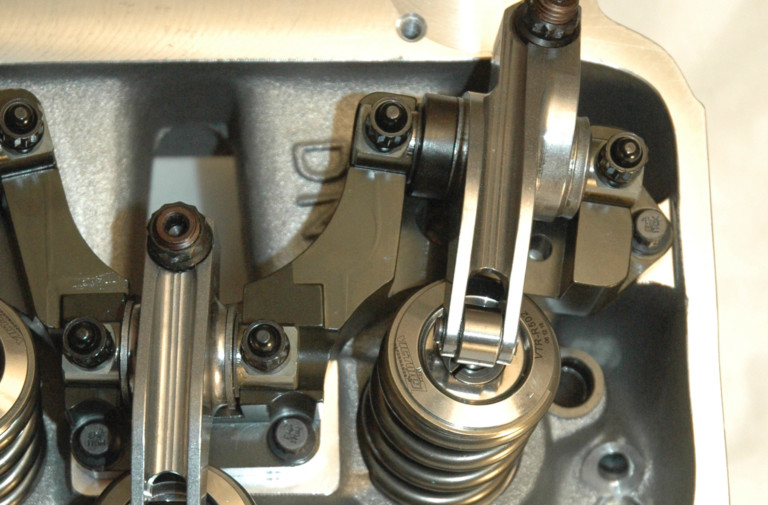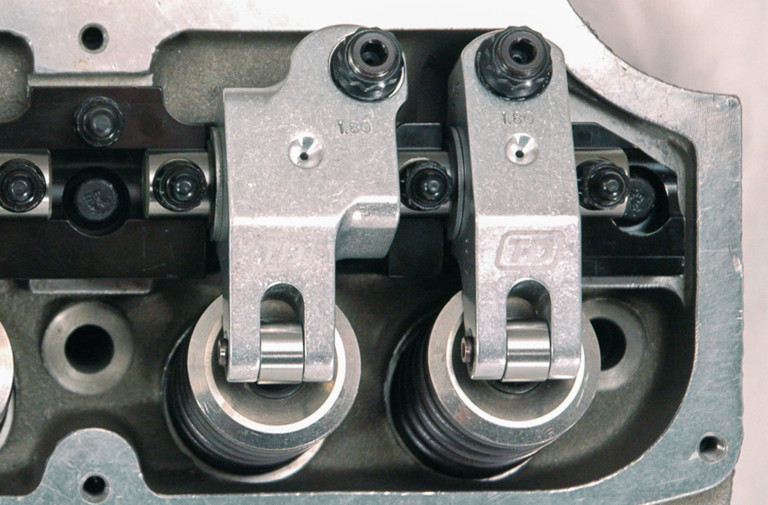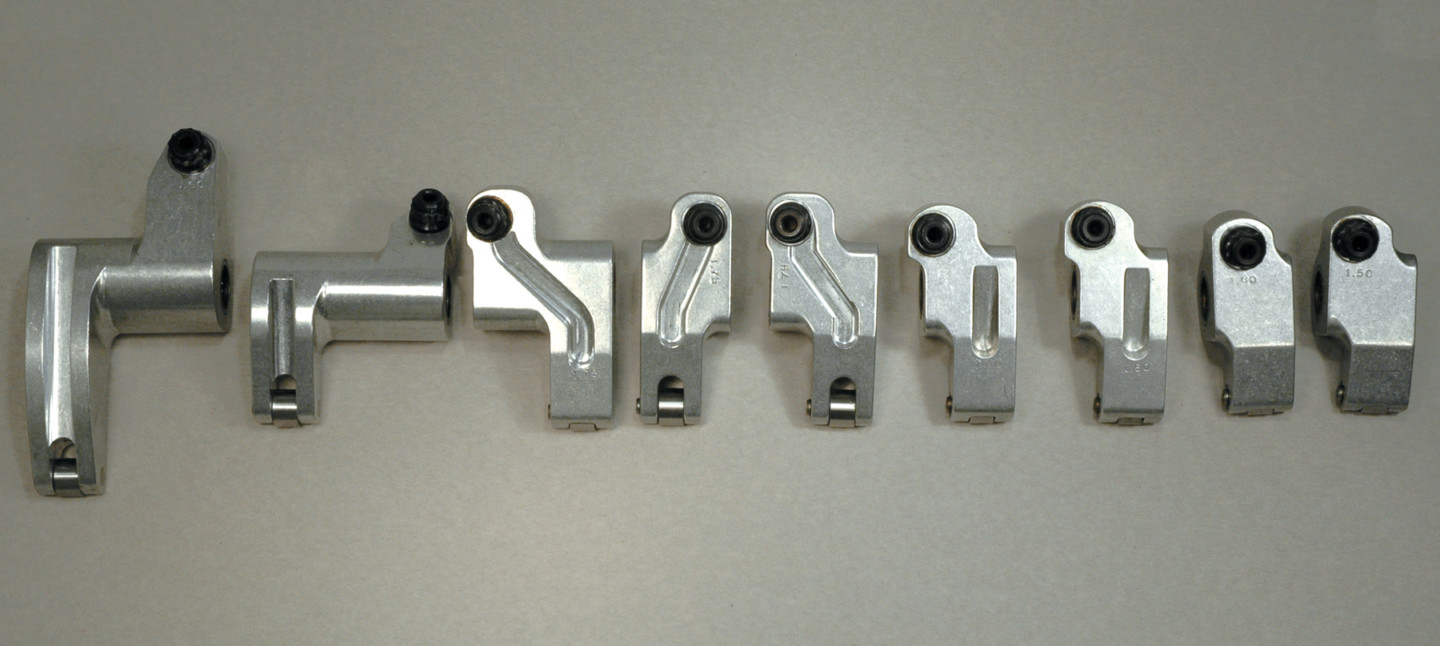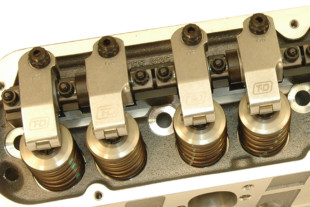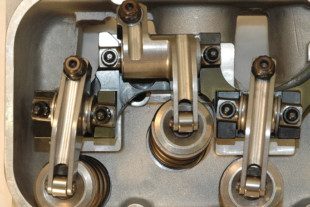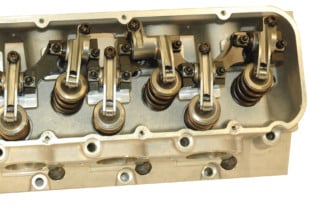Rock Out: Rocker Arm Offset Basics With T&D Machine Products
Cylinder heads have gone through multiple evolutions as engine builders have found new ways to increase airflow and manipulate it to their advantage for maximum horsepower. Valvetrain technology has mirrored the advancements in cylinder heads to help them function better, and rocker arms are a big part of this. Rocker arm offset is very important and it ensures the valvetrain will work as it should, and we’re taking a quick look at this subject with our friends at T&D Machine Products.
The offset of a rocker arm is defined as the measurement of the width from the roller tip of the valve stem’s centerline, to the pushrod or adjuster screw’s center. But what dictates the rocker arm offset you’ll need to use for your engine build? The type of engine block, the location of the pushrod hole, the width of the intake port, whether the lifters are on-center or offset, and the type of lifter all play a role in calculating the rocker arm offset.
Stud-mounted and shaft-mount are the two main types of rocker arms used in modern high-performance engines, and each has a different requirement in regards to offset. Sheldon Miller from T&D explains the difference between the two.
“By being mounted on a ‘ball’, a stud-mount rocker pivots on the stud itself, so cylinder head manufacturers are able to relocate the rocker arm stud, which allows the rocker to twist around to gain the offset needed for pushrod clearance. When we start to get into wider ports or raised ports the stud can’t move over far enough with a stud mount.”
Miller continues on the subject with shaft-mounted rocker arms.
“It is well known that a shaft-mount rocker arm is far more stable at high-RPM than a stud-mount rocker. Because they’re mounted to stands and have more designed-in stability, one can widen the rocker bodies to achieve the desired offset. As heads evolved in conventional small-block Chevys, ports were raised and also widened, rocker arms required up to 0.775-inch offset. This is huge compared to an OEM factory stud-mount that came with zero offset.”
If you’re building a healthy high-performance engine, you might be looking for a strong aftermarket block. These blocks are available in raised cam options — if you go down that road it will have an impact on how you set up the rocker arms and their offset.
“As race engines progressed, they also grew with bigger bores and longer strokes. When connecting rods began to intrude into the region formerly occupied by the camshaft, cylinder block manufacturers achieved clearance by raising the cam bore. When the cam is raised in the block, it gets closer to the rocker arm, and the pushrod angle increases. This, in turn, requires additional offset be added to the rocker arm to get the pushrod to clear the port,” Miller says.
“A tall lifter added into the equation has the same exact effect as a raised-cam block. Many times these are used with a standard cam location to shorten the pushrod length to gain more stability at high RPM. The hardest scenario to deal with is when a customer has a raised-cam block and a tall lifter — this puts the pushrod at a very steep angle and typically requires a custom rocker arm set with a lot of offset,” Miller explains.
Pushrods are literally the muscle behind a rocker arm, and if you don’t have them centered up properly on the rocker arm you’re going to have issues. Miller breaks down what to know to get this fundamental measurement right.
“Pushrod diameter is probably the most common reason for the need to increase offset. As pushrod diameter increases, there is also the need for additional rocker arm offset to provide clearance – to keep the pushrod from rubbing the cylinder head. Often, the pushrod hole in the head is machined straight so clearance can be gained by simply grinding out the bottom side of the hole. We always suggest a minimum of 0.030-inch clearance to any part of the head that the pushrod may come in contact with.”
Rocker arm offset can easily be overlooked and will cause a lot of problems if it’s not correct. If you have any questions about the proper offset for your application reach out to the experts at T&D Machine to ensure you’re getting the right parts to prevent any issues.
Credit: Dragzine
JANUARY 11, 2021


